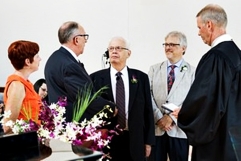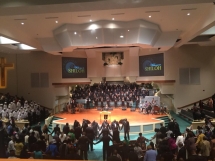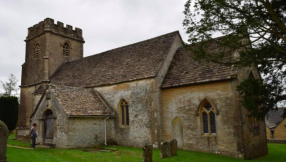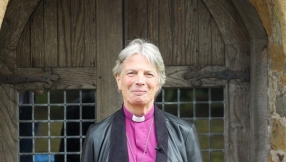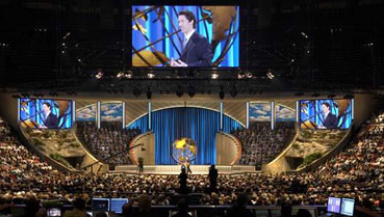
America is continuing to produce 'megachurches' – defined as churches attracting more than 2,000 people – but they're changing, according to a new study by Leadership Network and Hartford Institute for Religion Research.
The Megachurches 2015 Report indicates that the average weekly attendance of the megachurch congregation in 2014, across all campuses, was 2,696. Nearly three quarters of them increased their attendance by 10 per cent or more in the last five years, while six per cent declined by the same amount.
"Last weekend 1 in 10 adults and children who went to a Protestant church went to a megachurch – about 5 million people," said Warren Bird, director of research for Leadership Network.
Furthermore, the number of megachurches is increasing: churches started more recently are regularly growing to megachurch size, with 39 added to the list during the last five years. These younger churches are growing more rapidly than megachurches founded earlier and have younger pastors who stay for shorter times.
The survey also shows that most megachurches have smaller sanctuaries but multiple sites, effectively increasing the number of services held by the church.
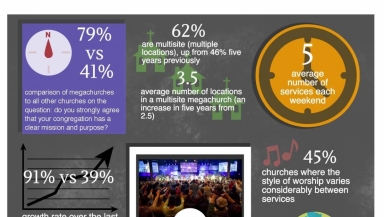
Among changes noted in the survey is the decline in traditional worship services using choirs and organs. In the last five years the use of the organ often or always declined from 28 per cent to 18 per cent, and choirs from 43 to 35 per cent.
Over the same period the percentage of churches including communion as part of their worship always or often from from 51 to 57 per cent.
It also finds challenges for megachurches. Regular participants are attending less frequently – those who once came every week are now attending two or three times a month.
"They think 'regular attendance' is 'I get there when I can,'" said the second co-author, sociologist Scott Thumma, director of the Hartford Institute for Religion Research.
Megachurches do better at attracting young adults than smaller churches, but their 19 per cent of 18-34-year-olds still represents less than the national 23 per cent found in the overall US population.
The survey also raised challenges for pastors, noting that when ministers had been in post for 20 years or more the church tending to lose flexibility and its capacity to respond to a changing cultural context.
A further development is in the resources devoted to online ministry. The survey says: "Currently 30 per cent of megachurches offer an online campus experience – described as more than video streaming of the service, including interactive features, staff involvement and online attender accountability – and 18 per cent more are considering this approach."
The survey found that megachurches are much more likely (79 per cent) than smaller congregations (41 per cent) to say they have a clear mission and purpose, to be seen as different from other congregations in their area and to say that they are spiritually alive. Their membership is also significantly younger and more racially diverse than smaller congregations.











